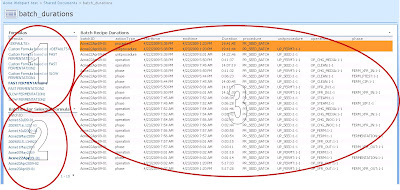
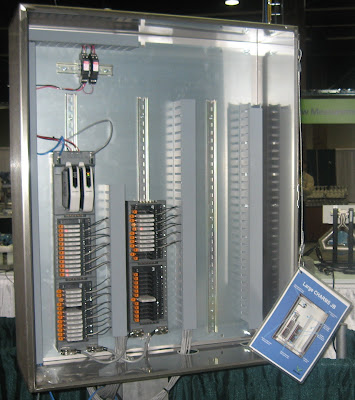
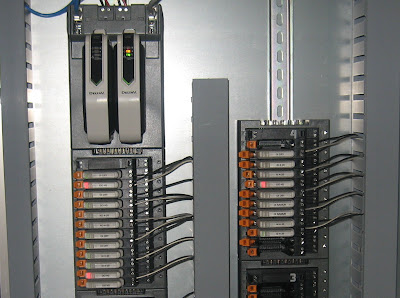
Random Opinions From A Passionate Controls Engineer



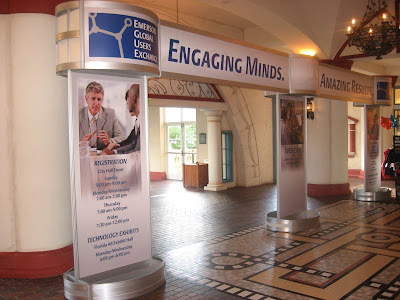
I don’t want to steal any of the thunder about what folks are going to see tomorrow from Emerson, but I thought I’d a least post the updated DeltaV logo:
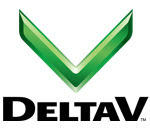
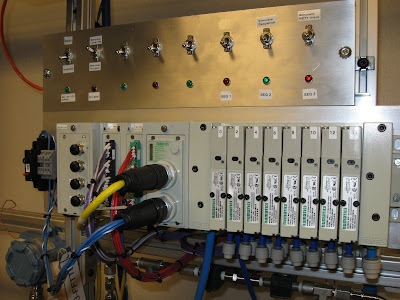
We have it connected up on one of our DeviceNet segments and have one of the solenoids connected up to a Crane Saunders diagram valve with a conventional switchpack. We used our standard valve module template in DeltaV, but instead of the output going directly to the solenoid, it goes to a register input within the Numatics.
We then constructed some logic, using function blocks available in the Numatics, to provide local interlocking based on another discrete input (a make-believe tank high level switch). One more switch allows us to turn the Numatics logic on and off, so comparisons between it and DeltaV can be demonstrated.

This puppy if FAST. I’m in the process of putting together a video I hope to upload to the Process Automation Usability Project website sometime after Emerson Exchange. We also constructed a valve sequence within DeltaV and ran it as fast as we could, simulating the valves around the bowl of a centrifuge. We then put the same logic in the Numatics and using another register, triggered the sequence from DeltaV. We actually had to slow the sequence in the Numatics down just so we could see it!
